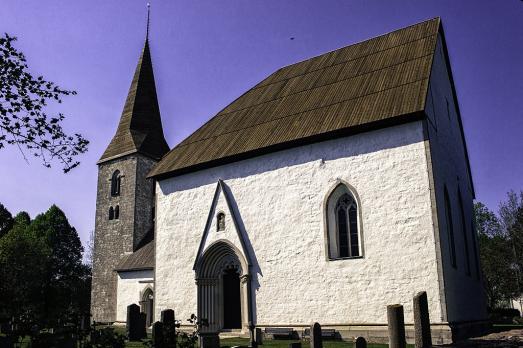
Källunge Church
Källunge, SE
Källunge Church is one of the 92 medieval churches on the island of Gotland.
Here you can search for a building to visit. You can use the map find destinations, or you can use the filters to search for a building based upon what different criteria.

Källunge, SE
Källunge Church is one of the 92 medieval churches on the island of Gotland.
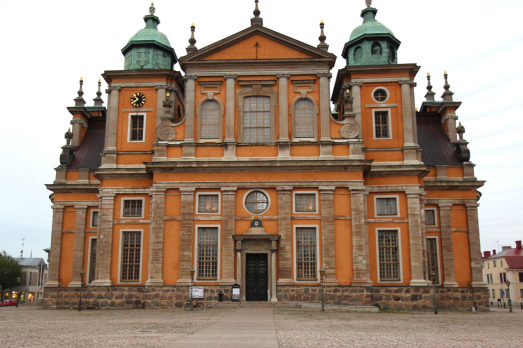
Kalmar, SE
Kalmar Cathedral, so-called even though the diocese of Kalmar ceased to exist in 1915, was consecrated in 1682. The church was designed by the architect Nicodemus Tessin the Elder. It is assumed that Tessin was inspired by the churches Il Gesù, Sant'Agnese in Agone and Santa Susanna in Rome for the design of the exterior architecture.
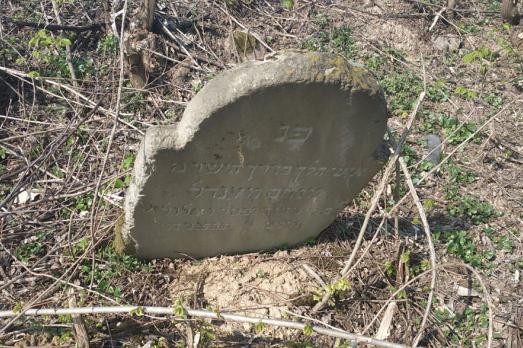
Kal'nyk, UA
Presumably, the Jewish Cemetery in Kal’nyk was established in the 19th century. According to epigraphic data, it already existed in 1815. The cemetery is depicted on a cadastral map of 1865. It later expanded. The latest remaining tombstone dates from 1927.

Kalo Chorio (Kapouti), CY
The church with the ekklesionym Agios Georgios is located in the south-eastern area of the old village centre. According to Kassinis, the church dates back to the 15th-16th century. The church was converted into a mosque after 1974. On the day of the survey, the building was locked.

Ano Meros, GR
Kaloidena Monastery is a historic place of worship today in ruins. Only the church of the Transfiguration of the Lord Christ (Sotiras Cristos) survives. Every 6 August, the inhabitants of Ano Meros and Fourfouras gather at the monastery for a local feast.
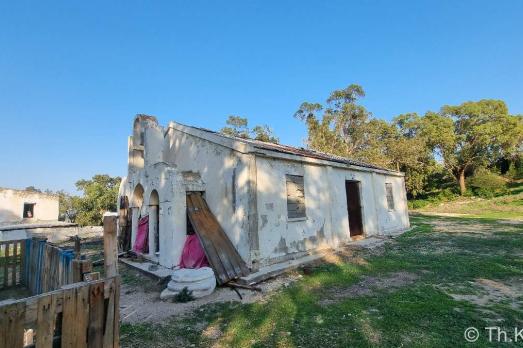
Kalopsida, CY
The small Panagia chapel is located on the eastern edge of the village and was built in the 1950s. Today, the condition of the chapel can be described as fair to poor. The condition of the building is still good, but it has been converted and is now used as a warehouse for storing animal feed. To this end, almost all entrances and windows have been bricked up.

Kalopsida, CY
According to Gunnis, the church with the ekklesionym Timios Prodromos was built as early as the 17th century. It is located on the northern edge of the settlement area. After 1974, the church was converted into a mosque. After the completion of a new mosque in the village (around the year 2000), the building was abandoned and left to its own devices.
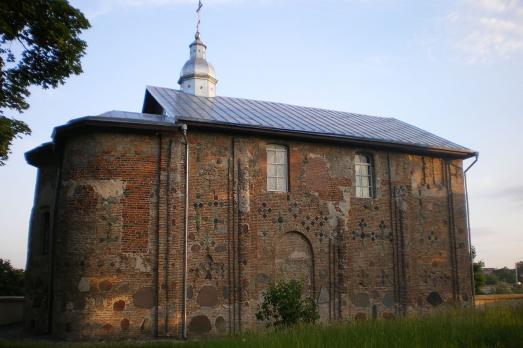
Hrodna, BY
The Kalozha church is a religious stone monument of ancient architecture from the second half of the twelfth century. It is the oldest building of Grodno in Belarus.

Kambja, EE
The church of Kambja was probably built at the end of the 15th century. The church was destroyed for the first time during the wars in the early 17th century and rebuilt in 1642. The church was destroyed for the second time during the Great Northern War and rebuilt in the autumn of 1721. In 1772 the church received its first organ. The church was destroyed for the third time during the Second World War in 1944. During the Soviet occupation, the congregation was not allowed to restore the church. Restoration work could only begin in 1989.
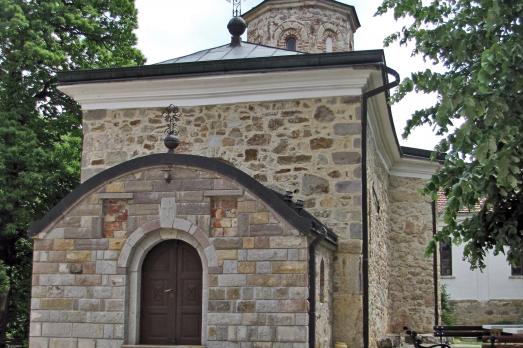
Čestin, RS
The origin of the monastery of Kamenac is linked to the despot Stefan Lazarević (1402-1427), its construction having taken place between 1416 and 1426. The monastery was destroyed after the arrival of the Ottomans in this region in the middle of the 15th century. It is not known to what extent it was damaged, however, it is known that the monastery church was renovated in 1547. A second renovation of the monastery was carried out in 1700. At the beginning of the 19th century, Kamenac suffered greatly from the wars with the Ottomans, so it was renovated many times during this century, which gave it its present form.

new
The Chassidic Route is a cultural and historical trail tracing the rich legacy of Jewish communities in southeastern Poland and western Ukraine. This region was central to the rise of Chassidism in the 18th century. Here, we highlight 10 remarkable synagogues you’ll discover along this route.

he cradle of the Industrial Revolution in Germany, Chemnitz, is well-known for its industrial heritage landscape, but the city is also home to remarkable examples of religious architecture from different historical periods. Join us as we explore the key landmarks of this European Capital of Culture 2025.

The twin towns of Nova Gorica (Slovenia) and Gorizia (Italy), lying on the border between the two countries, have a rich religious heritage, steeped in centuries of tradition. If you are looking for ideas for your visit, take note of these 10 religious sites that you should not miss.